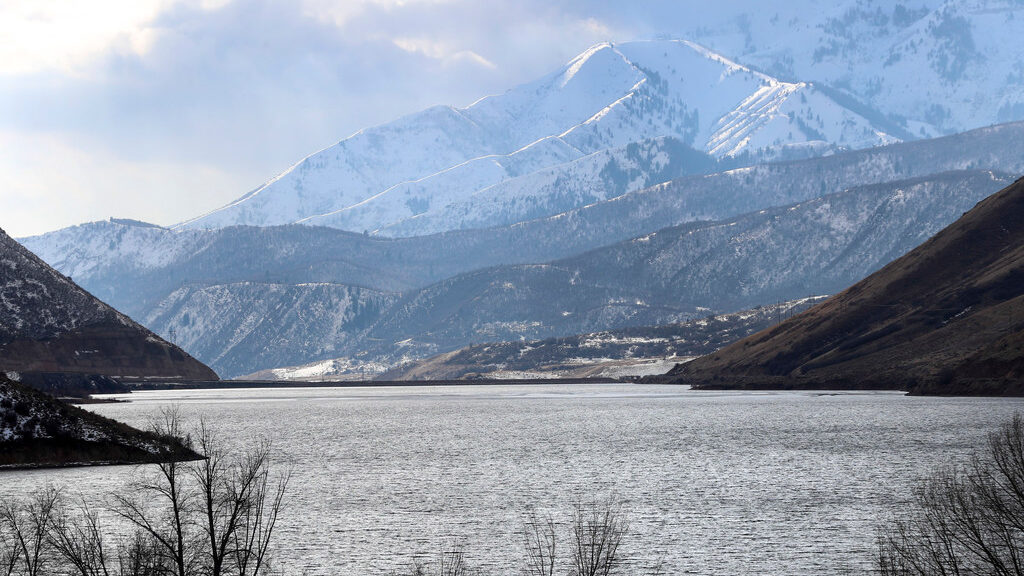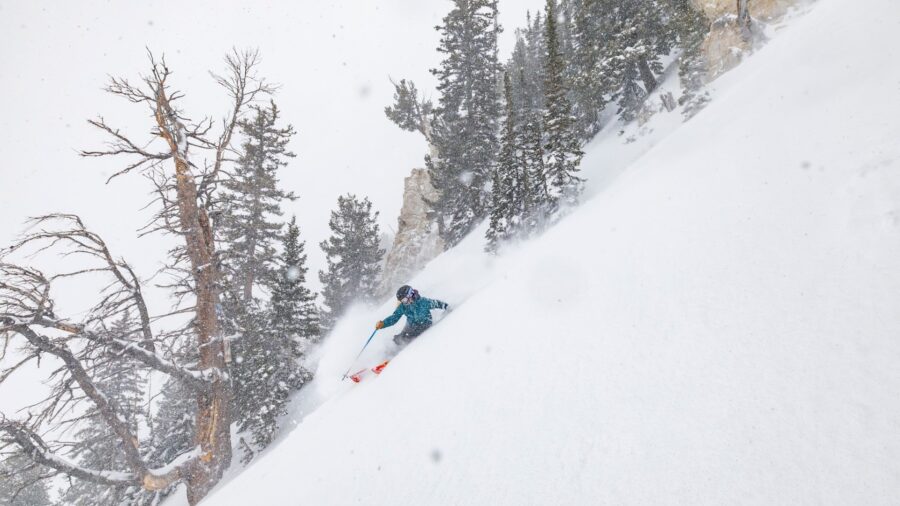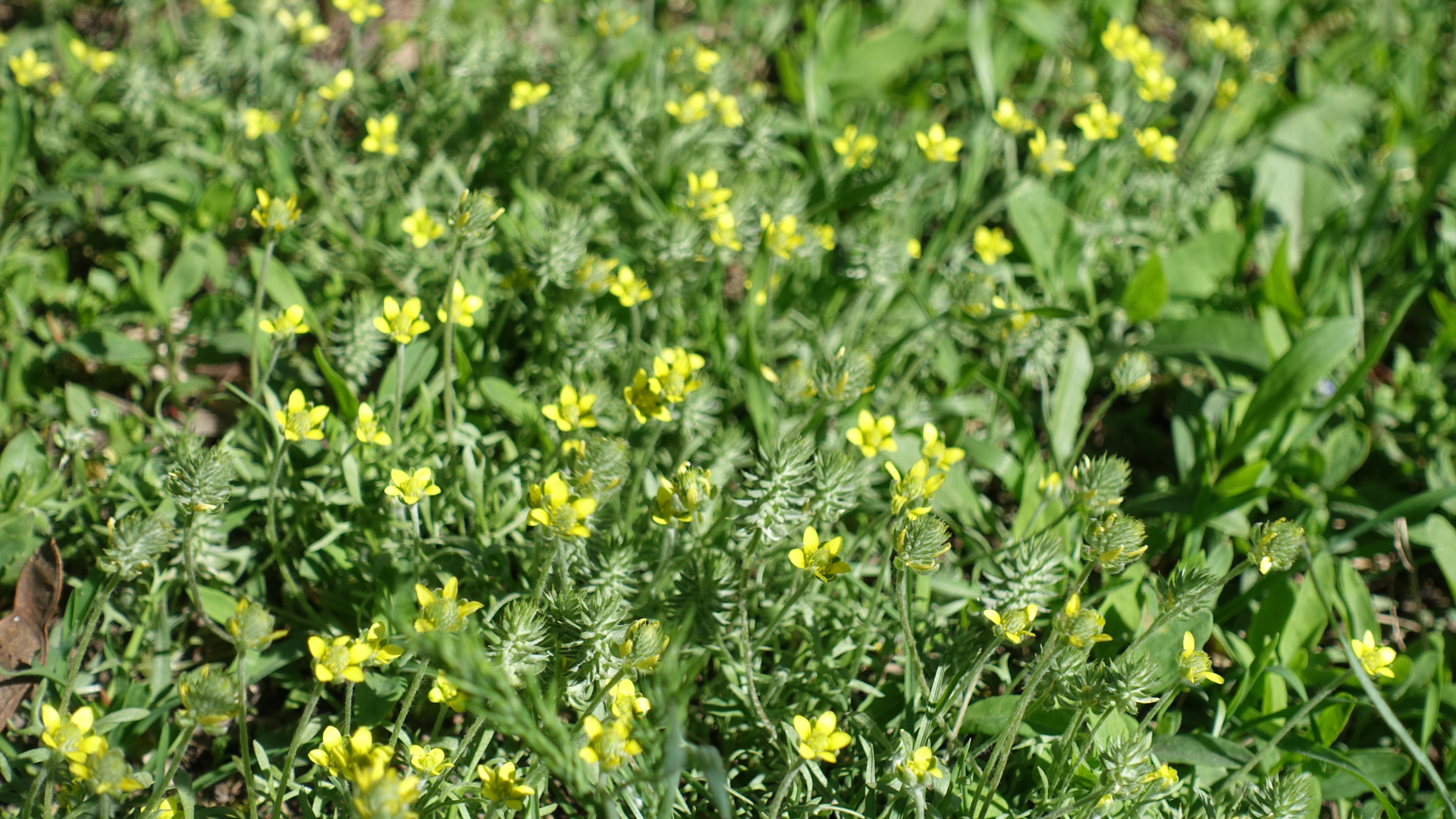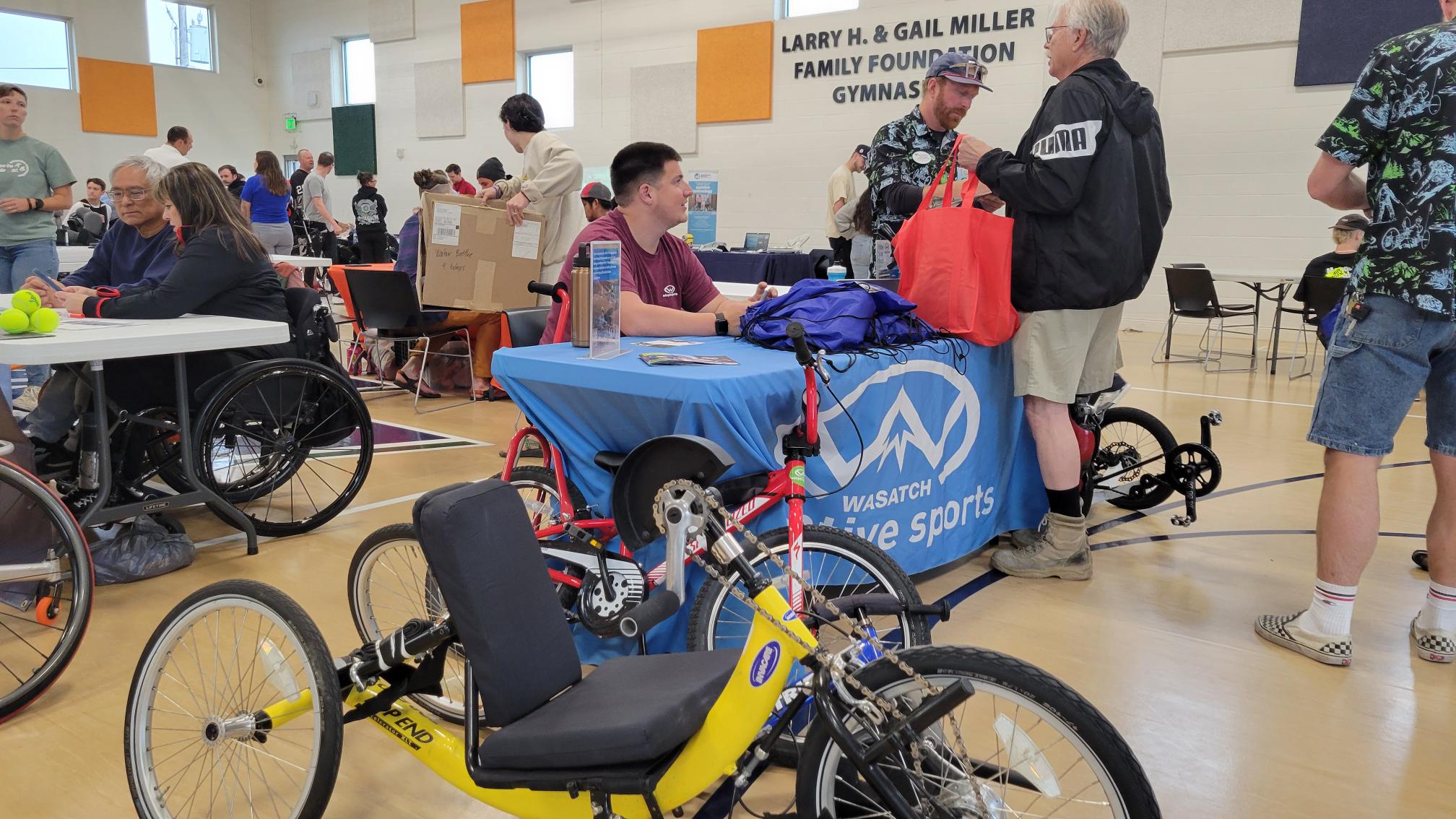Four-legged heroes: From puppy to avalanche rescue dog
Jan 2, 2024, 12:00 PM
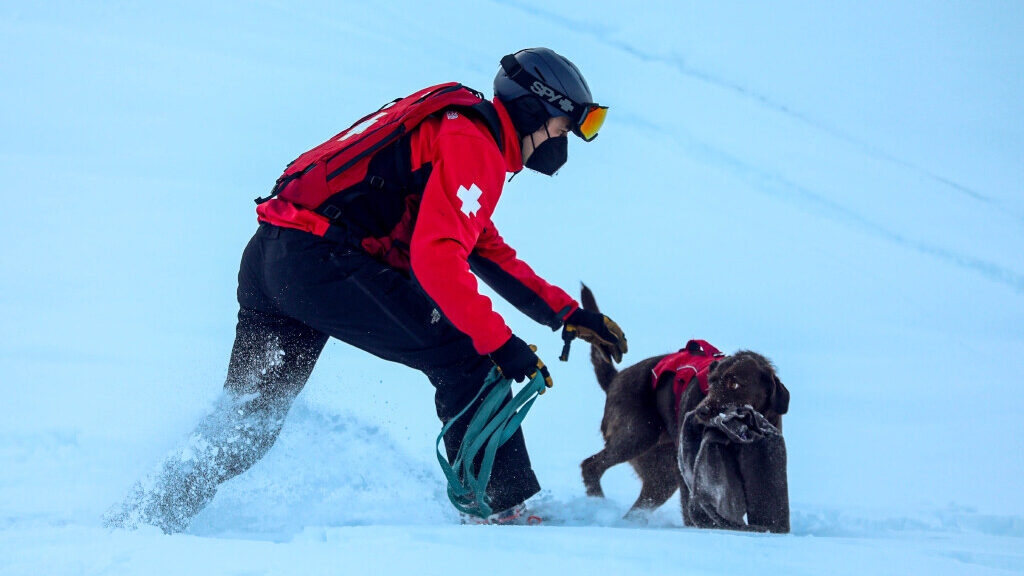
Solitude avalanche rescue dog Joni and their ski patrol handlers practice seeking out volunteers buried in the snow at Solitude Mountain Resort in Solitude on Saturday, Jan. 16, 2021. (Annie Barker/Deseret News)
(Annie Barker/Deseret News)
SALT LAKE CITY — During frigid, wintry, snow-packed emergencies, four-legged searchers accompany first responders. Avalanche rescue dogs go through a rigorous training process before they’re allowed to sniff out those in need of rescue.
According to the American Kennel Club, despite modern avalanche safety and rescue technology, avalanche dogs still play an important role in rescuing trapped skiers.
The AKC said the dogs are invaluable to their human companions during rescues because of their strong sense of smell. Their noses are 10,000 to 100,000 times stronger than those of humans.
Unlike dogs trained in scent work, avalanche rescue dogs don’t follow certain odors. Rather, they are trained to seek out human scents.
Wasatch Backcountry Rescue is a Utah nonprofit that works to rescue trapped skiers. The organization also provides certification for the avalanche rescue dogs that play a key role in their work.
According to WBR’s website, “WBR has more than 200 professional members and 45 certified rescue dogs that respond for five county sheriff’s agencies in Salt Lake, Summit, Weber, Wasatch and Utah counties.”
WBR requires avalanche rescue dogs to receive three certifications before they can respond to calls in the backcountry.
Level C
The process of training avalanche rescue dogs begins early in their lives. According to Wasatch Backcountry Rescue, dogs begin their training with basic command and obedience training.
Level C is the first certification dogs must complete.
During the test for Level C certification, a furry candidate’s handler runs away into a pit. Once they are in the pit, they get their companion’s attention before ducking into the hole.
When the dog is released, it is expected to run toward the pit where their handler is, barking and digging.
Additionally, WBR’s website said that the dogs are expected to demonstrate a desire to dig in the snow, energetic responses to rewards, social skills and obedience. According to the website, the aforementioned behaviors are “necessary for a successful avalanche rescue K-9.”
According to WBR, dogs are awarded Level C status by the organization they are training with, such as a ski resort.
Level B
By the time the dogs are a year old, they’ve begun search training for human avalanche victims in the snow.
To receive the second, Level B certification, avalanche rescue dogs participate in a simulated avalanche rescue at the resort they are training on and are familiar with. To pass, they must be able to locate two buried avalanche “victims” within 20 minutes.
Avalanche dog trainees must also pass an obedience test to secure their second level of certification, according to WBR.
Following Level B certification, the dogs are eligible to conduct avalanche searches within the boundaries of the resort they are training on.
When maintaining the Level B certification, an avalanche rescue dog must pass the evaluation every two years. However, according to WBR, many rescue teams attempt the next level of certification for their K-9 rescuers within the first two years.
Level A: avalanche rescue dog
Following resort-level certification, avalanche rescue dogs and their handlers begin working toward the highest level of certification offered by WBR. Possession of a Level A certification allows them to respond to avalanche situations outside of their home ski resort, including in backcountry rescues.
Avalanche rescue dogs must be at least 18 months old to qualify for the certification, according to WBR.
Similar to Level B certification, avalanche rescue dogs and their handlers are evaluated in a simulated avalanche rescue situation. However, to achieve Level A certification, the evaluation occurs in an area that is unfamiliar to the dog.
According to WBR, evaluations usually happen at a different ski resort than the dog was trained at.
During the evaluation, handlers and their K-9 companions must arrive at the site “quickly and safely.” Following their arrival, handlers identify hazards and decide a plan of action.
Then they carry it out.
To achieve Level A certification, WBR requires a handler and their avalanche rescue dog to complete their assignment in 20 minutes. Furthermore, the website said they must work the entire time to “demonstrate physical fitness and endurance.”
Following their initial certification, avalanche rescue dogs must re-take and pass the certification test every two years. When an avalanche rescue dog reaches 10 years old, they must begin re-testing each year.
Related:

